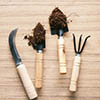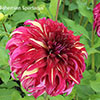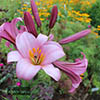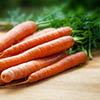Istutusmaterjali saabumisel

Pakend avada esimesel võimalusel, et tagada istikutele värske õhu juurdepääs.
Kontrollida kauba vastavus saatelehele, vajadusel meid puudustest teavitades.
Istutusmaterjali hoitakse jahedas, kus oleks välditud külmumine, kondensaadi tekkimine ja otsene päikesevalgus. Mõistagi mitte ühes ruumis koos keemiliselt aktiivsete ainetega.
Vältida tuleb ühtemoodi nii juurte kuivamist kui ka liigset niiskust.
Istutusmaterjalil peaks olema võimalus aeglaselt kohaneda temperatuuri ja valgusega.
Potitaimed tuleks lahti pakkimisel paigutada hämarasse paika püstisesse asendisse.
Taimse materjali seisundit kontrollitakse vähemalt üks kord päevas.
Kasvamist alustanud paljasjuursed taimed tuleks koheselt istutada.
Kui mingil põhjusel pole võimalik taimmaterjali kasvukohale istutada, siis tuleks see istutada pottidesse või mujale (muusse) ajutisse kasvukohta.
NB! Palume mitte jätta taimset materjali kastidesse ja kottidesse kauemaks kui hädavajalik, kuna hoiustamine vähendab iga liigi elujõudu. Paljasjuursete istikute, frigotaimede ja liiliasibulate hoiustamine temperatuuril üle 2…8 kraadi ja madala niiskuse juures, võib vähendada elujõudu dramaatiliselt.
Istutamisest üldiselt

Mida paremini on kasvualal pinnas ette valmistatud, seda kiiremini taimed juurduvad, alustavad intensiivset kasvamist ja omandavad sordiomased tunnused.
Mõistagi on istutusala enne kultuurtaimede istutamist juurumbrohtudest, kividest ja muust prahist täielikult puhastatud.
Istutusjärgne kastmine on vajalik ka pilves ilmaga, et taimede juured saaksid mulla osakestega paremini kontakti. Välja arvatud pestud paljasjuursete istikute potistamisel.
Istutusauk peab võimaldama juured sirgelt, laskuvalt ja radiaalselt laiali laotada.
Puittaimede istutamisel võib osutuda vajalikuks toestamine.
Kui on oluline sortide ehtsus ja istutatavaid taimi kasutatakse emataimedena paljundusmaterjali saamiseks, siis soovitame taimede kasvukohad markeerida ning kanda plaanile.
Oluline on jätta taimedele piisavalt kasvuruumi. Risoomide abil levivaid taimi tuleks üksteise sisse kasvamise vältimiseks paigutada eraldi kasvualale või korraldada taimedevahelist konkurentsi muul sobival moel.
Istutusaeg

Paljasjuurse taimmaterjali potistamiseks taimede ettekasvatamise eesmärgil on hea aeg alates märtsist. Selleks on vajalik kasvuhoone või muu sobiva ruumi olemasolu.
Paljasjuurseid püsikuid võib otse kasvukohale istutada kevadel, alates öökülmade ohu möödumisest kuni juunini. Sel juhul on vajalik jaheda (0…4 kraadi) juurikate hoiukoha olemasolu, kus nad kuni istutamiseni mõõdukalt niiske turba sees hoituna järelevalve all säilivad.
Paljasjuurseid puid ja põõsaid istutatakse aprillis ja mai algul kuni nende lehtimise alguseni. Marjapõõsaid ja kodumaiseid hekitaimi võib istutada ka sügisel, isegi pärast lehtede varisemist.
Potitaimi (potis kasvavaid õuetaimi) võib edukalt kasvukohale istutada kogu vegetatsiooniperioodi vältel. Võimalusel vältida istutamist suvise kuumalaine tingimustes.
Sügisene istutusperiood algab augustis niiskemate ilmade ja pikemate ööde saabumisel.
Istutamiseks on soovitav valida pilves ilm või õhtune aeg. Väga hästi sobib vihmane päev.
Suvel õitsevate sibullillede mugulaid (gladioolid, narriõied, tiigerlilled, kroonjas ülane, enamik liiliaid) võib kasvukohale istutada mai esimesest dekaadist alates eeldusel, et hiliskülmade puhul ollakse valmis vajadusel tõusmeid kaitsma või siis tõusmed pole veel maapinnani jõudnud.
Kevadel õitsevate sibullillede (tulbid, hüatsindid, krookused, nartsissid, kirgaslilled, võrkjasiirised, valge liilia jt) mugulaid võib kasvukohale istutada alates augustikuu teisest poolest, septembris ja oktoobris. Hilisemal istutamisel suurendada istutussügavust ja/või kasutada talvekatet.
Seemnete külvamisel tuleks järgida pakenditel olevaid juhiseid.
Kasvukoht ja kasvunõuded
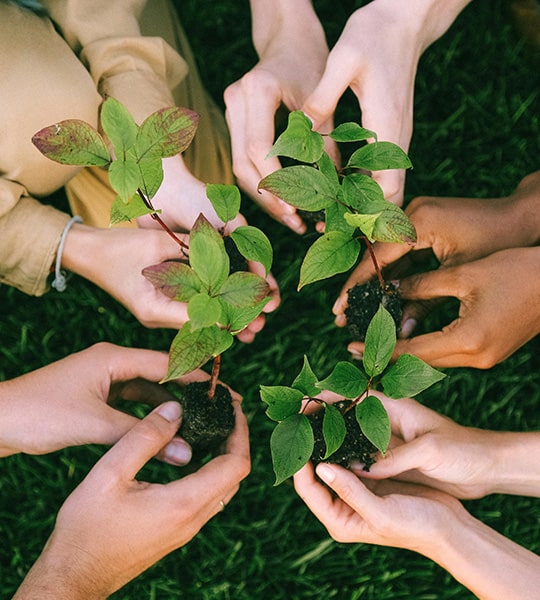
Istutuskoha valikul tuleb arvestada taimede kasvunõudeid. Vaid taimede jaoks sobival kasvukohal edenevad nad jõudsalt demonstreerides kõiki sordiomaseid tunnuseid. Sobival kohal kasvavad taimed on terved, nägusad ja vastupidavad ilmastikule.
Uuri enne istikute soetamist, kas Sinu aias on ihaldatavate taimede jaoks sobiv kasvukoht.
Kõige üldisemalt jagunevad taimed:
valgusnõudlikkuse järgi: valgusnõudlikud, päikest taluvad, varjutaluvad, varjunõudlikud
niiskusnõudlikkuse järgi: kuivanõudlikud, kuivust taluvad, parasniiskele kasvukohale sobivad, niiskust taluvad ja niiskusnõudlikud taimed. Eraldi rühma moodustavad veetaimed
mullaviljakuse järgi: toitainevaeseid, keskmise viljakusega ja viljakaid muldi eelistavad
mullalõimise järgi: kergeid (liiv ja saviliiv), keskmisi (kerge ja keskmine liivsavi) ja raskeid (raske liivsavi ja savi) muldi eelistavad
mulla pH järgi: hapulembesed, lubjalembesed ja neutraalse reaktsiooniga pinnasele sobivad taimed
Istutussügavus
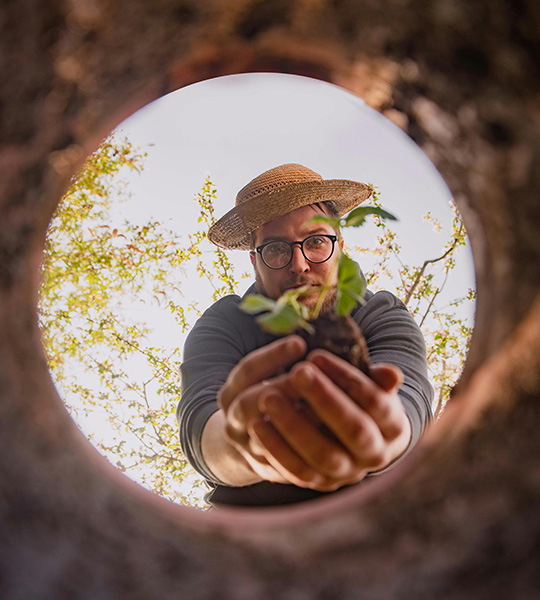
Istutussügavusest sõltub taimede talvitumine, haiguskindlus ja hea kasvamine. Tuleb arvestada pinnase võimaliku istutusjärgse vajumisega ning vajadusel multšida pinnas sügisel vajaliku kõrguseni.
Lillesibulate puhul ei pea kartma sügavale istutamist. (va üksikud erandid nt valge liilia). Kergema pinnasega kasvukohal istutatakse lillesibulad sügavamale (5-8 sibula suurust), raskemal pinnasel kõrgemale (4-6 sibula suurust). Vaid piisavalt sügavale istutatud sibulad kasvatavad küllaldaselt võimsa juurekava, mis suudab hiljem tagada taime maapealsete osade sordiomase lopsakuse ning kvaliteetse õitsemise. Juurestik areneb intensiivselt sibullilledel senikaua, kuni maapealne võsu asub mullas.
Potis kasvatatavate sibullillede mugulad kaetakse napi mullakihiga (mugulbegooniad, sinningiad, värvilised kallad, alpikannid jt). Amarülliliste sugukonna esindajatel jäetakse tavaliselt kuni pool sibulat mullast välja (ratsuritäht, kriinum, vaarikliilia, koibikliilia jt).
Pinnalähedasse mullakihti, 3-5 cm sügavusele istutatakse madonnaliilia, enamik rohtlaliiliaid, enamik pojenge ja helmikpööriseid.
Sügavale istutatud gladioolid ei vaja enamasti toestamist ka tuulisel kohal kasvades.
Aediiriste istutamisel jäetakse risoomi selg mullast välja paistma.
Risoomidega levivad püsikud nt maikelluke, mõned kurerehad ja astrid võib istutada viltu selliselt, et kasvupungad jääksid ülespoole mullapinna lähedale.
Rooside istutamisel jäägu pookekoht 5-10 cm sügavusele mulda. Erandid on väga harvad.
Seemikalusel õuna- ja pirnipuude pookekoht peaks jääma mullapiirile või 1-2 cm sügavamale.
Kloonalusel viljapuude pookekoht jäägu 5(10) cm üle mullapinna (mida nõrgemakasvulisem alusetüüp, seda olulisem).
Seemikalusel luuviljalistel jäetakse pookekoht pigem mulda (u 5 cm), sest nii on see paremini kaitstud talvekülma eest ning tekib vähem kännuvõsusid.
Marjapõõsad on soovitatav istutada nii, et harunemiskoht jääks mulda ja ka potis turbapinnalt harunenud istikud panna 5-10 cm sügavamale.
Veetaimede istutamisel tuleb arvestada lisaks istutussügavusele veekihi paksust, liikuvust ja muid omadusi. Oluline on teha kindlaks nende talvekindlus, sellest sõltub kas istutada pinnasesse või potti.
Seemnetekkelised ilupuud istutatakse rangelt juurekael mulla piirile. Pistikutega vegetatiivselt paljundatud ilupuud on vale istutussügavuse suhtes vähem tundlikud. Puittaimede (eba)juurekael või pookekoht peab istutamisel jääma enamasti mullapiirile.
Juurte kärpimine
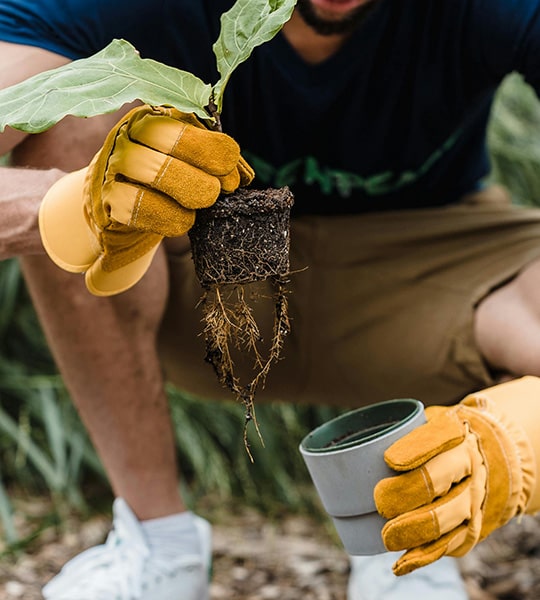
Paljasjuursete istikute liiga pikad juured kärbitakse terava noa või aiakääridega lõigates. Mitte rebida!!! Juured peavad jääma piisava pikkusega ja istutamisel paiknema sirgelt, laskuvalt ning radiaalselt.
Potiistikute juurte tugeva keerdkasvu korral lõigatakse juurte keerdunud osa (tavaliselt 1-2 cm alumine osa) enne istutamist mullapalli küljest ära ning allesjäänud juured harutatakse lahti. Väheldase keerdkasvu korral harutatakse juured lahti ja vajadusel kärbitakse.
Puittaimede istutamisel tuleb jälgida kärpimisel, et juurestik ja võra jääksid tasakaalu.
Väetamine

Enamiku rohtsete püsitaimede puhul kehtib reegel – väetama peab, kuid pigem vähem.
Puituvaid taimi tuleks väetada pigem liigispetsiifiliselt. Vajalik eelnevalt välja uurida taimede väetisetarve. Roosidele sobiv ei pruugi sobida okaspuudele, marjapõõsastele, rododele jt.
Soovitame puituvate taimede väetamist alustada alles pärast taimede juurdumist. Enamikul juhtudel järgmise kasvuaasta kevad-suvel. Arvestada tuleks kindlasti ka olemasoleva pinnase viljakusega.
Vajadusel ja võimalusel võib istutusaugus olemasolevale mullale juurde segada kasvuturvast ja/või hästilagunenud komposti.
Üleväetamise / alaväetamise tulemusel ei pruugi taimedel avalduda sordiomased tunnused, võib väheneda talvekindlus, suureneda vastuvõtlikus kahjustajatele ja võib esineda kasvuhäireid.
Õitsemisaegne istutamine
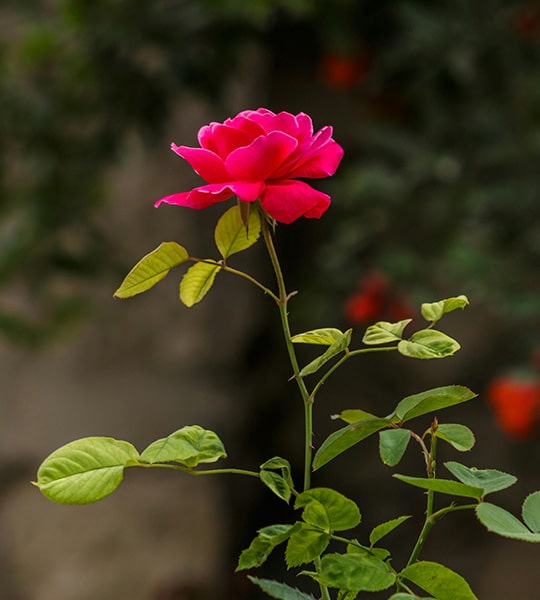
Parem on taimi õitsemise ajal võimalikult vähe häirida.
Potitaimede puhul, kui taim kasvab optimaalse suurusega potis ja õitseb, siis võib ilma suurema probleemita istutada taime tervikliku mullapalliga aeda kasvukohale. Püsilillede paremaks juurdumiseks on soovitav õied ära lõigata, ka juuri pisut laiali harutada. Tuleb arvestada ka taime kasvuomadustega.
Ümberistutamise hädavajadusel, näiteks kolimisel teise elukohta lõigatakse taimedel ära õisikud ja kärbitakse üsna tugevasti lehestikku aurumise vähendamiseks olenevalt taime juurestiku ja taime üldisest seisukorrast lähtuvalt.
Võib osutuda vajalikuks tugevasti kärbitud taimede istutusjärgne varjutamine 2-3 nädala vältel 50-75% ulatuses. Varjutus eemaldatakse pilvise ilmaga õhtupoolikul.
Paljasjuurse taimmaterjali potistamine

Ära lase juurtel potistamise käigus ära kuivada. Väldi juurte veekadu ning istuta need kohe kui võtad kastist välja. Väldi kindlasti otsest päikesevalgust ja tõmbetuult.
Peenikeste narmasjuurtega taimedel, näiteks epimeedium, floks jt võib tõsine kahjustus tekkida 10 minutiga ning nad võivad ära kuivada 20 minuti jooksul.
Substraat peab olema parajalt niiske, st pihus pigistades on vett näha, kuid see ei tilgu.
Pauside ajaks kaetakse juured alati kinni.
Liiga pikad juured kärbitakse selliselt, et nad ei oleks potis keerdus ega mitmekordselt, vaid paikneksid sirgelt, laskuvalt ja radiaalselt.
Mulda juurte ümber tuleb tihendada, et oleks välditud õhutaskute jäämine potti. Samas tuleb arvestada mulla tihendamisel asjaoluga, et juured vajavad arenemiseks lisaks veele ka õhku. Eriti istutusjärgsel perioodil.
Mulla tase võiks jääda 1-2 sentimeetri jagu allapoole poti serva.
Juurdumise perioodil, 1-2 nädala vältel olenevalt taimeliigist tuleks neid kaitsta keskpäevase otsese päikese eest.
Kasta algul vähe, kui taimed alustavad aktiivset kasvamist, siis julgemini.
Vähene ventilatsioon võib põhjustada suure tõenäosusega probleeme seenhaigustega.
Taimse materjali kastmine fungitsiidiga üks kuni kaks nädalat pärast istutamist võib probleemid ära hoida.
Taimetervis
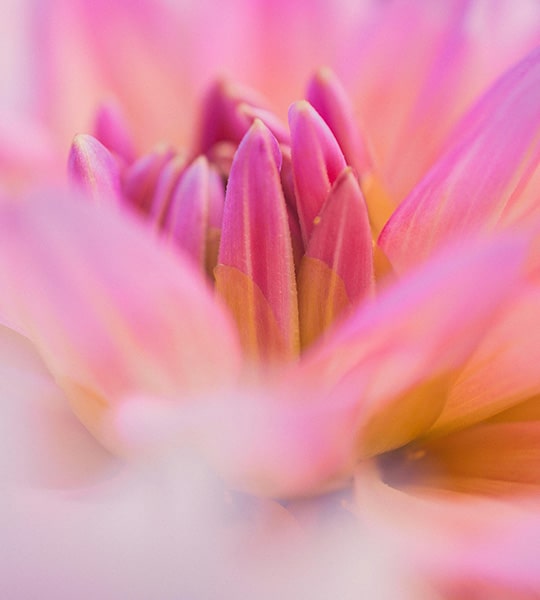
Istutajal tuleb arvestada asjaoluga, et kõik taimed kui elusolendid võivad haigestuda või sattuda kahjurite ründe alla igal ajahetkel. Tegemist on normaalse ja looduses igapäevase nähtusega.
Taimetervise seisukohalt toimi järgmiselt:
Arvesta istutuskoha valikul maksimaalselt taimede kasvunõuetega, neid ei saa muuta
Kasvata oma istutusaladel paljusid erinevaid, kuid kasvunõuete poolest Sinu aeda sobivaid taimi, sest mitmekülgsed taimekooslused on alati sanitaarselt paremas korras kui liigivaesed kooslused
Suuremate monokultuursete istanduste rajamisel peaksid olema valmis kasutama taimekaitsevahendeid ka profülaktiliselt.
Paljuliigilises koduaias on mõistlik taimekaitsevahendeid kasutada vaid vajaduse korral. Kindlasti tuleb järgida kemikaalide kasutusjuhendit ja kasutada isikukaitse vahendeid
Värske asjakohane info on leitav Põllumajandusameti kodulehel: pma.agri.ee/
Vastutus / garantii
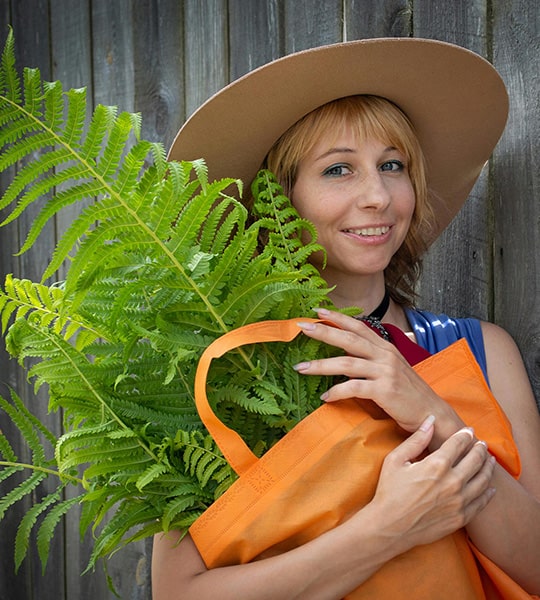
Käesolevad soovitused on välja töötatud osaühingus Aiasõber ja hõlmavad vaid ettevõtte poolt müügiks pakutava taimmaterjali valikut.
Nõuanded põhinevad meie üle 30 aastasel praktilisel iluaianduslikul töökogemusel ja tähelepanekutel, mida toetab meie töötajate erialase hariduse baasil omandatud ja pidevalt täiendatud oskusteave.
Oleme lähtunud aianduslikust heast tavast anda professionaalset ausat oskusteavet kõigile iluaiandushuvilistele parimal võimalikul viisil.
Aiasõber ei vastuta käesolevas soovitustikus sisalduva info kasutamisega kaasnevate taimekasvatusriskide, taimede kiratsemise või hukkumise eest. Vastutus taimede eduka kasvatamise ja vajalike teadmiste omamise eest lasub täielikult taimekasvatajal.
Ümbritsevast keskkonnast põhjustatud kasvutingimused ja taimekasvataja poolt rakendatavad mistahes agrotehnilised võtted võivad igal ajahetkel mõjutada taimede juurdumist ja kasvu ettearvamatus suunas.
Aiasõber garanteerib taimmaterjali karantiinse puhtuse laost/aiandist väljastamise hetkel ja sordilise ehtsuse.
Vähesel määral hallituse või mädanikuga taimmaterjali soovitame siiski istutada eemaldades eelnevalt nakatunud taimeosad, sest paljud taimed kasvavad sellest hõlpsasti välja.
Potitaimede soetamisel, kui sorditunnused on vähesel määral välja arenenud või üldsegi mitte, ka siis soovitame taimed istutada, sest piiratud kasvuruumi tingimustes ei saagi paljudel taimedel need piisavalt areneda. Näiteks pojengid, päevaliiliad, mõned helmikpöörised ja hostad, kirjuvõralised puittaimed jpt.
Kauba tagastamise soovist tuleks meid kõigepealt teavitada, kuid mitte hiljem kui 14 päeva pärast kauba kätte saamist.
Sordiehtsusega seotud pretensioonid tuleks esitada ajal, mil taimed õitsevad, viljuvad või mil neil peaksid mainitud tunnused olema välja arenenud.
Kontakt: AIASÕBER OÜ Veebipood: 24/7 www.aiasober.ee
Aiand: 20.apr. – 01. okt. E-R 9-18 L 9-15 P suletud
Ändi tee 18, Tüki küla, 61411 Tartu linn, Tartu maakond. Tel. 552 9369, 5510131 e-post: aiasober@aiasober.ee

